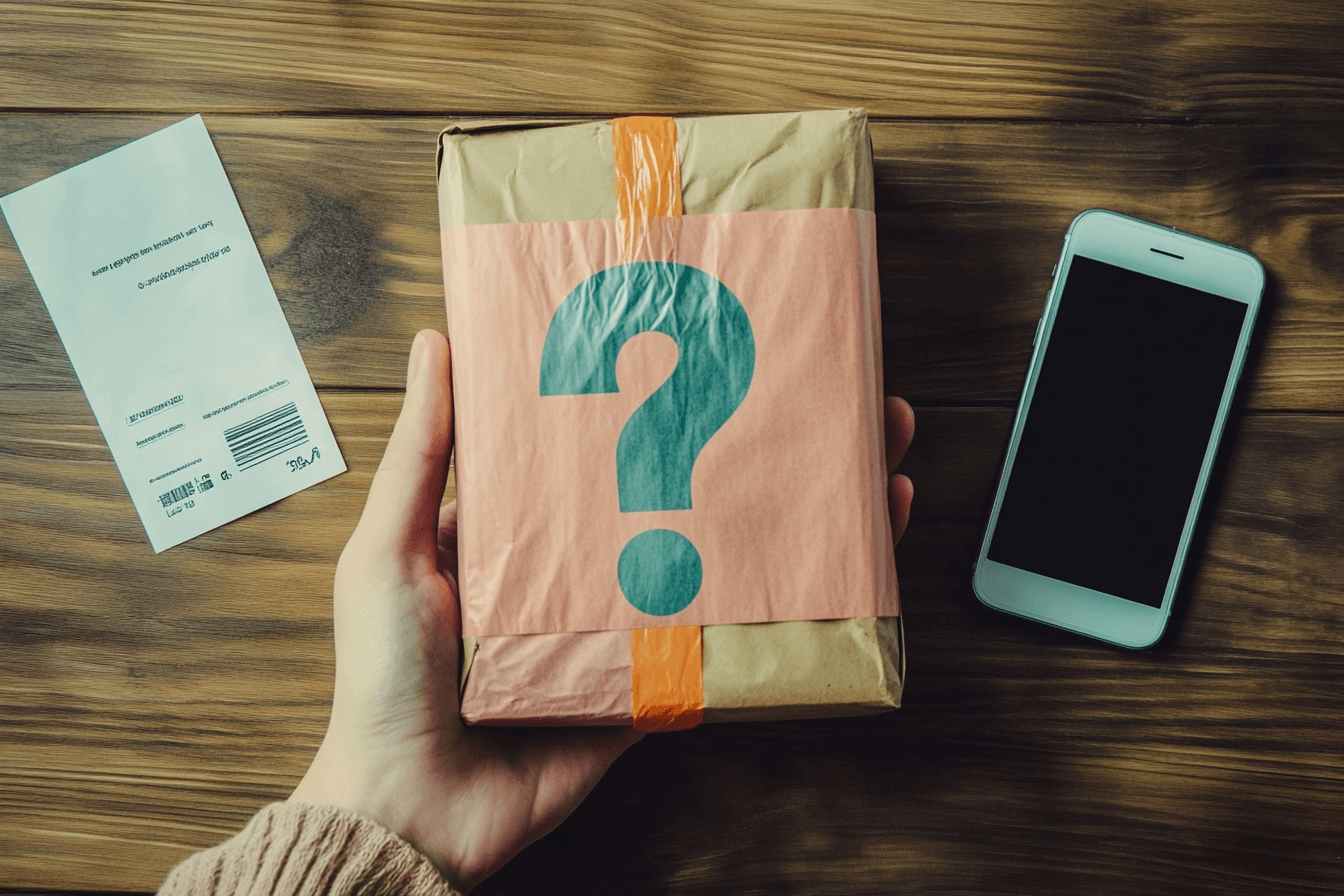The Allure of Mystery Products
At first glance, mystery products seem like harmless fun an inexpensive gamble that promises excitement and surprise. Whether it’s a mystery box from an online retailer, a surprise toy in a vending machine, or a sealed package promoted by influencers, the appeal lies in the unknown. You could get a rare collectible, a high-end gadget, or… something utterly useless.
The concept thrives on curiosity and anticipation. Shoppers are invited to experience the thrill of unwrapping an unknown item, just like a child on their birthday. The transaction isn’t just about the product, but the emotional rollercoaster that comes with it.
The Psychology Behind the Surprise
Our brains are wired to crave novelty and unpredictability. When we engage in activities with uncertain outcomes, such as opening a mystery package, dopamine levels rise similar to what happens with gambling. The potential for reward, however small or irrational, activates our reward systems and overrides our practical judgment.
Even when the result is disappointing, the experience is often enough to encourage repeat purchases. That’s why so many people keep coming back for more, even if they’ve been burned before. The emotion of hope keeps the cycle alive.
Marketing Strategies That Hook Consumers
Retailers understand how to tap into these psychological mechanisms. They use bold packaging, countdown timers, “last chance” offers, and exclusive labels to push urgency. On product pages, you’ll often see phrases like “You could get an item worth up to $500!”even if the odds are astronomically low.
Some companies partner with influencers to showcase mystery box openings. These videos often highlight only the best-case scenarios, glossing over the average or poor outcomes. As a result, viewers are misled into believing they have a decent shot at landing something amazing.
Social Media and the Unboxing Craze
Unboxing videos on TikTok, YouTube, and Instagram have turned mystery products into a cultural phenomenon. These videos are fast-paced, entertaining, and addictive. Viewers experience a vicarious thrill watching someone reveal what’s inside, which in turn drives their own desire to buy and repeat the cycle.
The content often targets younger audiences, who may be more vulnerable to impulsive spending. For many, the performance of opening the box becomes more important than what’s actually inside. It’s less about value and more about spectacle.

What’s Really in the Box?
Mystery products rely on the power of possibility. But in reality, most boxes contain cheap, low-quality items that would never justify their price tag if sold openly. In some cases, buyers have received defective electronics, expired makeup, or products with questionable safety standards.
More than a fun gamble, these purchases often turn into a lesson in buyer’s remorse.
Case Studies of Disappointing Purchases
Numerous reports have surfaced online about customers receiving items vastly inferior to what was advertised. For example, mystery tech boxes marketed as “worth over $200” often include outdated USB drives, generic earbuds, or knock-off brands.
Some people have shared stories of receiving literal junk scratched CDs, broken toys, even items that appear to be factory rejects. The disparity between expectation and reality can feel deceptive, if not outright exploitative.
Lack of Transparency and Consumer Protection
Because mystery boxes are often marketed with vague promises and little accountability, it’s difficult for consumers to seek refunds or legal recourse. Most retailers include terms that waive responsibility for what’s inside, shielding themselves from liability.
Worse, some companies operate outside regulated marketplaces or are based in countries where consumer protection laws are weak or nonexistent. This makes it nearly impossible to challenge unfair business practices.
Environmental Concerns and Waste
Beyond financial disappointment, there’s an environmental cost to consider. Mystery boxes frequently include plastic packaging, disposable items, and unnecessary filler. Much of it ends up in landfills shortly after opening.
The carbon footprint of producing, shipping, and discarding these unwanted items adds up quickly. For a culture increasingly aware of sustainability, the waste generated by this trend is hard to ignore.
Who’s Buying and Why?
While the trend touches all demographics, it’s particularly popular among young adults and teens. The appeal lies in a combination of entertainment, aspiration, and social validation. For some, it becomes a habit not unlike gambling.
Understanding who buys these products and why reveals just how deep the psychological appeal runs.
Target Demographics and Buying Behavior
Many mystery product buyers fall between the ages of 16 and 30. They’re often tech-savvy, social media users, and comfortable with online shopping. These consumers are also more likely to be driven by novelty and excitement than practical need.
Additionally, the low upfront price of many mystery products makes them feel like a low-risk investment. However, this perceived safety can mask the cumulative cost of repeated purchases.
The Role of FOMO (Fear of Missing Out)
The fear of missing out plays a major role in the popularity of mystery products. Influencers flaunt their rare finds, friends brag about their « wins, » and limited-edition items are constantly teased. This creates a sense of urgency and competition.
Many consumers buy not because they need the item, but because they’re afraid of being left out of a potentially valuable or exclusive experience.
Emotional Spending and Instant Gratification
Emotional spending is a key driver in this trend. People often buy mystery products when they’re bored, stressed, or in need of distraction. The purchase offers a temporary boost in mood followed by a crash when the item doesn’t meet expectations.
This cycle mirrors addictive behaviors. The promise of a better outcome next time keeps the spending going, even in the face of consistent disappointment.
Legal and Ethical Implications
As mystery products grow in popularity, they raise important legal and ethical questions. Are they simply a form of retail entertainment, or do they cross into manipulative or even illegal territory?
Some experts argue that the business model resembles gambling especially when chance-based rewards and monetary value are involved.
Are Mystery Boxes Gambling in Disguise?
In some countries, particularly when items of high value are promised with a low chance of winning, mystery boxes have been classified as a form of gambling. Like slot machines, they rely on randomness, psychological bait, and addiction patterns.
This is especially concerning when products target minors, who may not fully grasp the odds or the risks involved.
Regulation Gaps in E-Commerce
Many mystery box sellers operate in legal gray zones. They may be based in jurisdictions with lax e-commerce regulations, making it hard to hold them accountable. Return policies are vague, and customer support is often nonexistent.
Platforms hosting these sellers, like marketplaces and social media, often fail to enforce clear rules. Without intervention, unethical practices continue unchecked.
Ethical Responsibility of Influencers and Brands
Influencers who promote mystery products have a responsibility to be transparent. Yet many gloss over disclaimers or fail to disclose paid partnerships. This misleads their audience and contributes to a distorted sense of product value.
Brands, too, should be held to ethical standards. Advertising a “chance to win big” without clearly stating odds or product limitations is deceptive. Responsible marketing is critical in maintaining consumer trust.
Safer Alternatives and Smarter Shopping
The thrill of surprise doesn’t have to come with regret. There are safer, more ethical ways to enjoy the mystery experience—without the waste or the manipulation.
It starts with informed choices and a better understanding of what’s being sold.
Curated Subscription Boxes vs. True Mysteries
Unlike random mystery boxes, curated subscription services often tell you the category of products and quality you can expect. While there’s still an element of surprise, it’s balanced by transparency and consistency.
Brands like these tend to focus on value, usability, and customer satisfaction offering a better overall experience.
Tips for Avoiding Buyer’s Remorse
Before purchasing a mystery product, consider your motivations. Are you bored? Are you chasing a win? Ask yourself whether you’d be satisfied with a mediocre outcome.
Read reviews, check seller legitimacy, and think twice before trusting hype. In many cases, you’re better off spending that money on something you’ve researched and truly want.
Supporting Transparent Brands
Finally, consider supporting companies that value transparency, ethics, and sustainability. These brands often offer creative, engaging products without the tricks and traps of mystery marketing.
The mystery product trend may offer short-term fun, but it’s worth asking: at what cost? Informed decisions—not impulsive clicks—are the best way forward.








